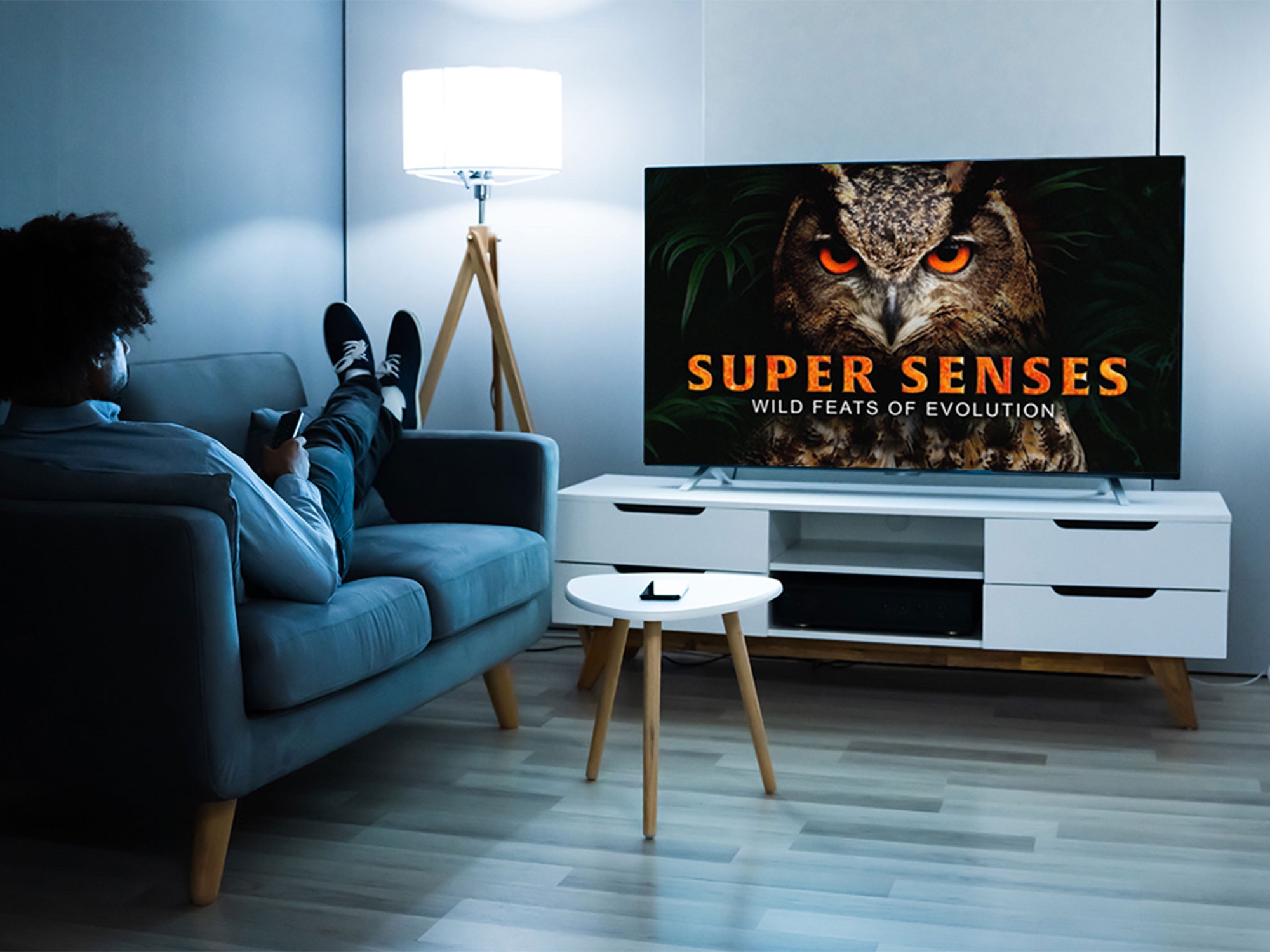Building Fluid, Motion-Safe Animations in Tailwind CSS That Respect User Preferences
Animations can elevate UX — but if they ignore user system settings (like "prefers-reduced-motion"), they can become accessibility liabilities. Tailwind CSS makes it shockingly easy to build *motion-safe*, *fluid* animations without reaching for custom CSS or JavaScript. Let's build a fully fluid, respectful animation pipeline. Why Motion-Safe Animations? Real-world reasons: Respect users who disable animations for health reasons Prevent janky transitions on low-power devices Enhance accessibility without sacrificing aesthetics Step 1: Use Tailwind's motion-safe Variants Tailwind automatically provides a motion-safe: prefix variant. Example: Welcome back! This ensures the fadeIn animation *only runs* if the user’s system allows animations. Step 2: Create Custom Fluid Animations Extend Tailwind’s config with a highly fluid animation: // tailwind.config.js module.exports = { theme: { extend: { keyframes: { fluidSlide: { '0%': { transform: 'translateY(40px)', opacity: '0' }, '100%': { transform: 'translateY(0)', opacity: '1' }, }, }, animation: { fluidSlide: 'fluidSlide 0.8s cubic-bezier(0.25, 1, 0.5, 1) forwards', }, }, }, } This gives you ultra-smooth easing, respecting modern UI standards (e.g., Material Design's velocity curves). Step 3: Animate with motion-safe in Your Markup Put it together: Hello, Smooth World Animations that feel right — and respect your users. If the user has "reduce motion" enabled, no animation will play — but the content still appears instantly and cleanly. Optional: Layer with Motion Preferences You can even target users who *specifically* prefer reduced motion: // tailwind.config.js variants: { extend: { animation: ['motion-safe', 'motion-reduce'], }, } This will simply appear without animation if motion is reduced. Pros and Cons ✅ Pros First-class accessibility compliance without extra libraries Super fluid easing with minimal CSS code Future-proof and respects OS-level settings ⚠️ Cons Still needs some finesse for sequencing multiple complex animations Prefers system control over designer control (a pro for some, a con for others)

Animations can elevate UX — but if they ignore user system settings (like "prefers-reduced-motion"), they can become accessibility liabilities. Tailwind CSS makes it shockingly easy to build *motion-safe*, *fluid* animations without reaching for custom CSS or JavaScript. Let's build a fully fluid, respectful animation pipeline.
Why Motion-Safe Animations?
Real-world reasons:
- Respect users who disable animations for health reasons
- Prevent janky transitions on low-power devices
- Enhance accessibility without sacrificing aesthetics
Step 1: Use Tailwind's motion-safe Variants
Tailwind automatically provides a motion-safe: prefix variant. Example:
Welcome back!
This ensures the fadeIn animation *only runs* if the user’s system allows animations.
Step 2: Create Custom Fluid Animations
Extend Tailwind’s config with a highly fluid animation:
// tailwind.config.js
module.exports = {
theme: {
extend: {
keyframes: {
fluidSlide: {
'0%': { transform: 'translateY(40px)', opacity: '0' },
'100%': { transform: 'translateY(0)', opacity: '1' },
},
},
animation: {
fluidSlide: 'fluidSlide 0.8s cubic-bezier(0.25, 1, 0.5, 1) forwards',
},
},
},
}
This gives you ultra-smooth easing, respecting modern UI standards (e.g., Material Design's velocity curves).
Step 3: Animate with motion-safe in Your Markup
Put it together:
Hello, Smooth World
Animations that feel right — and respect your users.
If the user has "reduce motion" enabled, no animation will play — but the content still appears instantly and cleanly.
Optional: Layer with Motion Preferences
You can even target users who *specifically* prefer reduced motion:
// tailwind.config.js
variants: {
extend: {
animation: ['motion-safe', 'motion-reduce'],
},
}
This will simply appear without animation if motion is reduced.
Pros and Cons
✅ Pros
- First-class accessibility compliance without extra libraries
- Super fluid easing with minimal CSS code
- Future-proof and respects OS-level settings
⚠️ Cons
- Still needs some finesse for sequencing multiple complex animations
- Prefers system control over designer control (a pro for some, a con for others)









































































